In June, the City Council approved a new parking ordinance for downtown Phoenix that established several new parking zones, and will introduces dynamic pricing in certain areas. We sat down with Ray Dovalina, City of Phoenix Street Transportation Director, Thomas Godbee, Deputy Street Transportation Director, and Scott Logan, Traffic Engineering Supervisor in the Traffic Services Division to learn more about the planned implementation of this program.
Like many we had heard the soundbites of changing and increasing rates, and wanted to get a better understanding of what this dynamic pricing plan will look like. And, more importantly, how will it actually affect people who want and need to park downtown?
The goal of this new parking program according to Dovalina is “not only to generate revenue for the city, but to manage the increased demand for parking, both long-term and short-term, and to increase turnover in certain areas.” In the new program, the downtown has been divided into four zones:
- Zone 1 (Sports Venues), from Lincoln St. to Jefferson St. and 1st Ave. east to 7th St.
- Zone 2 (Central Core), from Jefferson St. to Fillmore St, and 1st Ave. to 7th St.
- Zone 3 (Government), from Lincoln St. to Fillmore St., and 1st Ave. to 7th Ave.
- Future Zone 4 (Neighborhood/Arts), from Fillmore St. to Moreland (two blocks north of Roosevelt St.), and 7th Ave. to 7th St.
The chart below shows both the lowest and the highest possible rates in each Zone. Note that one benefit of the new program will be a reduction in rates in the coin-operated metered parking in Future Zone 4. In this area, the price will drop from the current $1.50/hour to $1.00/hour to make paying with coins easier.
So how will this all work? First, the program will be implemented in two phases. During phase one, which will roll out in August, pricing will remain at the current rate of $1.50/hour, but meter hours will be extended from 8:00 am to 10:00 pm every day, including holidays.
Just to be clear, the city will not be changing prices randomly throughout the day; by and large there will be a standard hourly rate for daytime parking and another rate for evening parking.
In order to effectively accomplish this transition, the city is purchasing and installing 680 new single pay credit card parking meters in Zone 1. These credit card machines are popular with the public because they eliminate the need to have a pocketful of coins readily available. And the wireless technology in these meters will enable the phase two dynamic pricing plan to work.
The current goal is for the new credit card meters to be installed by August 4, but if the machines don’t quite arrive in time, the back up plan is to install them after the downtown ASU student move-in days of August 17 and 18.
Phase two will roll out in October/November and will incorporate the new dynamic pricing. The idea behind dynamic pricing is not as quixotic as it appears at first glance. Many cities are now doing this and it seems to be working.
Just to be clear, the city will not be changing prices randomly throughout the day; by and large there will be a standard hourly rate for daytime parking and another rate for evening parking. The dynamic pricing will come into play when there are events downtown.
The dynamic rates will be both higher than current rates, and lower than current rates, and will be determined based on three categories:
- Non-event days/nights
- Event days/nights
- Super event days/nights (when several large events are happening simultaneously)
Dovalina estimates that there are approximately 250 days of events downtown and this new pricing will reflect the demands on parking that these events create. Eventually, Godbee notes, “You will even be able to feed your meter wirelessly, using your cellphone.” But that’s a story for another day.
As an aside, there is ongoing planning to create a small area around ASU from 4th Avenue to 5th Street and from Van Buren to McKinley where meter rates will potentially be kept at a set rate for more hours, and will not necessarily be affected by dynamic pricing. Those details are still being worked out and we’ll clarify the plan once these decisions have been reached.
…[the City] has recognized the need for a comprehensive parking strategy for downtown and they will be hiring a new Parking Manager in August who will be tasked with creating this strategy. Additionally, they will be hiring a new public information officer (also in August) who will help communicate the new plan to the public.
Dovalina, Godbee, Logan and the rest of the staff are working hard to ensure that the signs and meters are clearly labeled and easy to understand as Phase two is rolled out. Additionally, they have been working with other city departments, the local courts, the police, neighborhood and business groups, the Downtown Phoenix Partnership, and ASU to make sure that everyone understands how this new program will work.
As the city has grown, the Street Transportation Department has recognized the need for a comprehensive parking strategy for downtown and they will be hiring a new Parking Manager in August who will be tasked with creating this strategy. Additionally, they will be hiring a new public information officer (also in August) who will help communicate the new plan to the public.
What will a successful program look like? According to Logan, an 85% usage rate is the ideal. This equates to one spot on either side of the street being open at any given time. If usage goes above that percentage, rates will need to be raised, and if usage falls below that percentage, rates will need to be lowered.
As Godbee says, “There’s no point in having meters in areas where no one wants to park.” Another success factor will be turnover. Godbee continued, “We want to avoid having people park in front of businesses downtown for extended periods of time. We want it to be easier to find a space, not more difficult.”
At first blush, the program is a little complicated, but the intended result is greater turnover in short term parking spaces in the city core, more revenue for the city, and less long term space squatting. The department will assess the program yearly and make needed adjustments to pricing to make it work effectively for the public, businesses, events and the city.


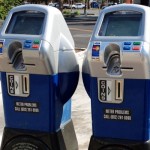

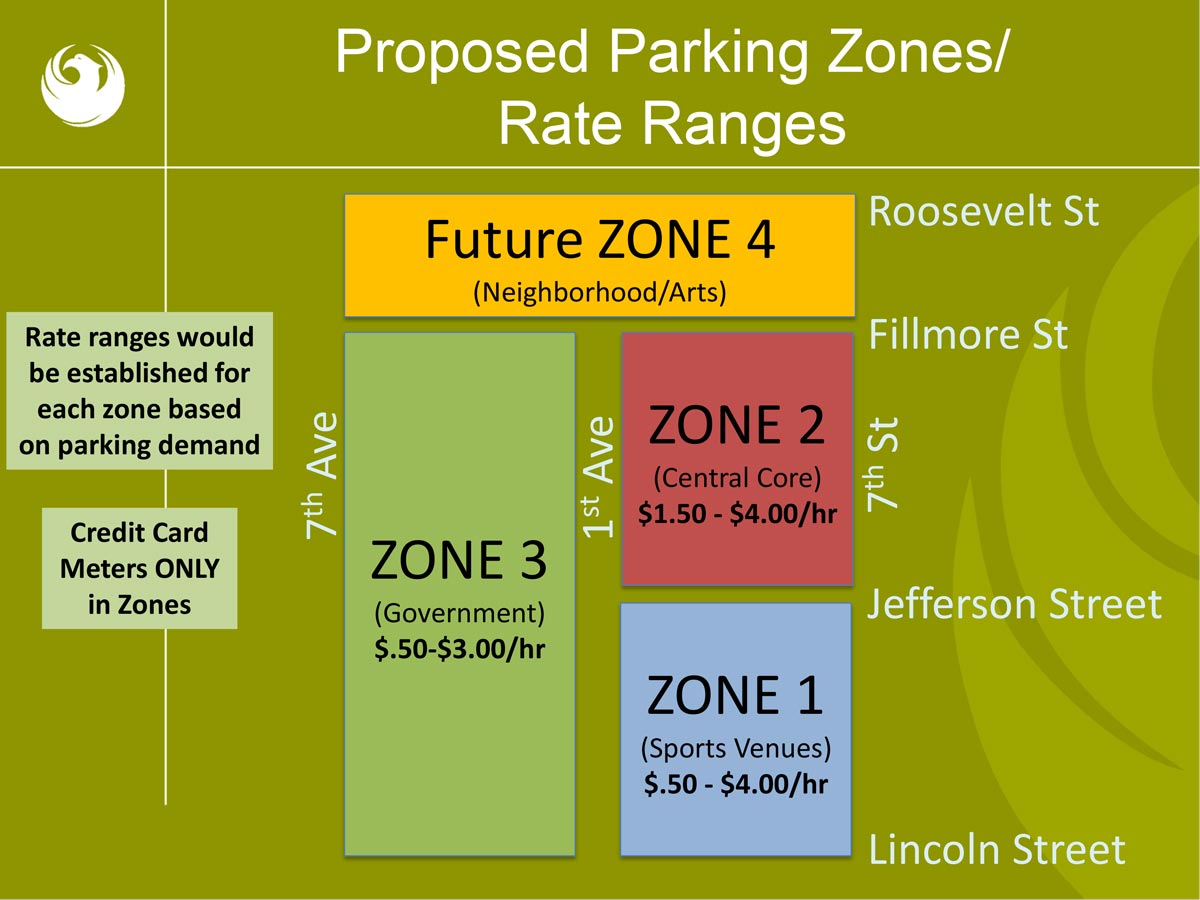
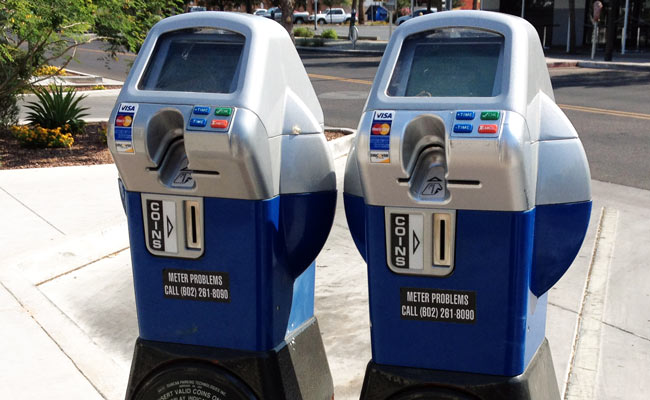
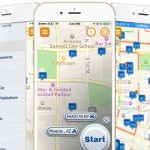

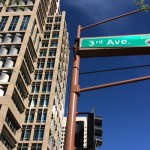
Great! Another way to screw tax paying citizens. Thank you, City of Phoenix Street Transportation Department, another win for you! I just wanted to tell you what a great job you’re doing, you greedy money grubbers. While you’re at it, as someone who uses only public transportation, please do me a favor and run even LESS bus times. You really are just wasting money by having them run at convenient times for people who are helping cut down on pollution. Also, I think 2-3 spaces on the bus bike racks is utterly excessive. There should be no more than one space, I argue. After all, it should be as difficult as possible for bike riders to get around. Who do we think we are, wanting to get to work and appointments on time, when we end up having to wait for 2-3 or more buses for an empty bike rack? I do hope you take my suggestions into consideration.
How many of these parking spots are reserved for the use of those with handicapped plates/permits?
I’d like to see the study that shows that longer-term parking is the problem, and not simply too few spaces to meet the demand. Raising the price of parking may encourage people to leave downtown sooner, opening spaces, but then what is the point of going at all? If I can’t spend a couple hours shopping and then grab a drink afterwards, supporting business, then why even venture there? There are other options in the city for this type of economy-boosting activity. Our downtown is just starting to become a place people actually want to spend time, not just get in and get out for work- raising parking prices threatens that. A better solution would be more and better public transport to downtown from the surrounding neighborhoods to the east and west (the light rail only serves those north and south) and MORE parking, not more expensive parking.